Young Adult
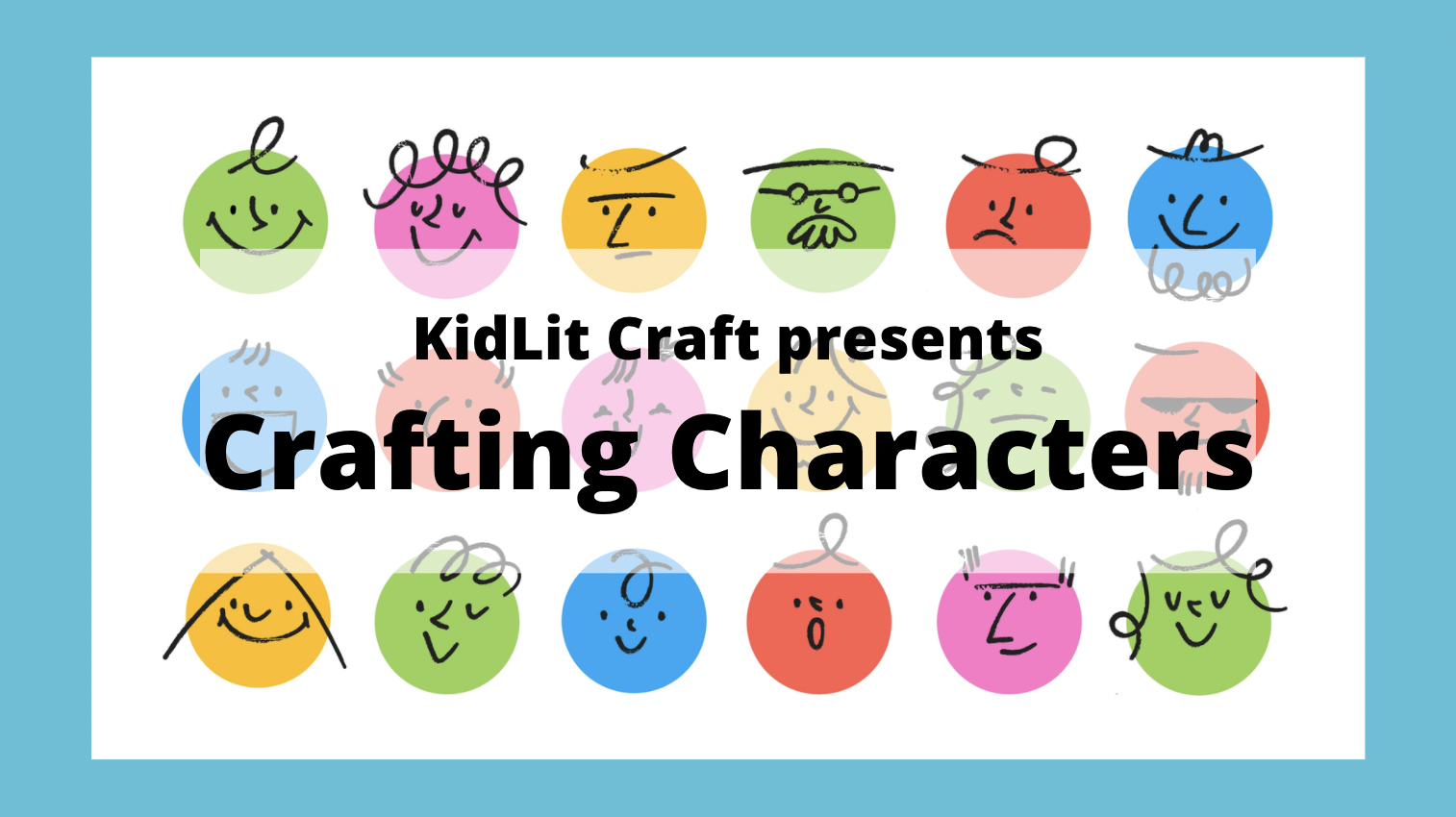
In our third post of Crafting Characters, our authors and contributors share how they connect with their character’s traits–whether through pulling from their own personalities, using tarot cards, or looking for opportunities for opposition. Read on to find out their strategies.
Filed in:
READ POST

Welcome to our second post in our Crafting Characters series. For some people, working out character before putting pen to paper is the best way forward. Others have characters show up nearly fully formed, or at least with enough substance to have something to say. Those people often make efforts to listen to their characters–whether through freewriting, through scenes, or through meditative daydreaming. These authors and our contributors share their favorite ways to develop their characters. Read on for some mindful strategies for uncovering character and letting the characters speak.
READ POST
Filed in:

Looking at voice, interiority, internal arc, character relationships, and more, our writers have analyzed mentor texts in all categories to discover strategies for creating characters that leap off the page and into readers’ hearts. This list is one you can return to over and over to find just the post you need in the moment.
READ POST
Filed in:
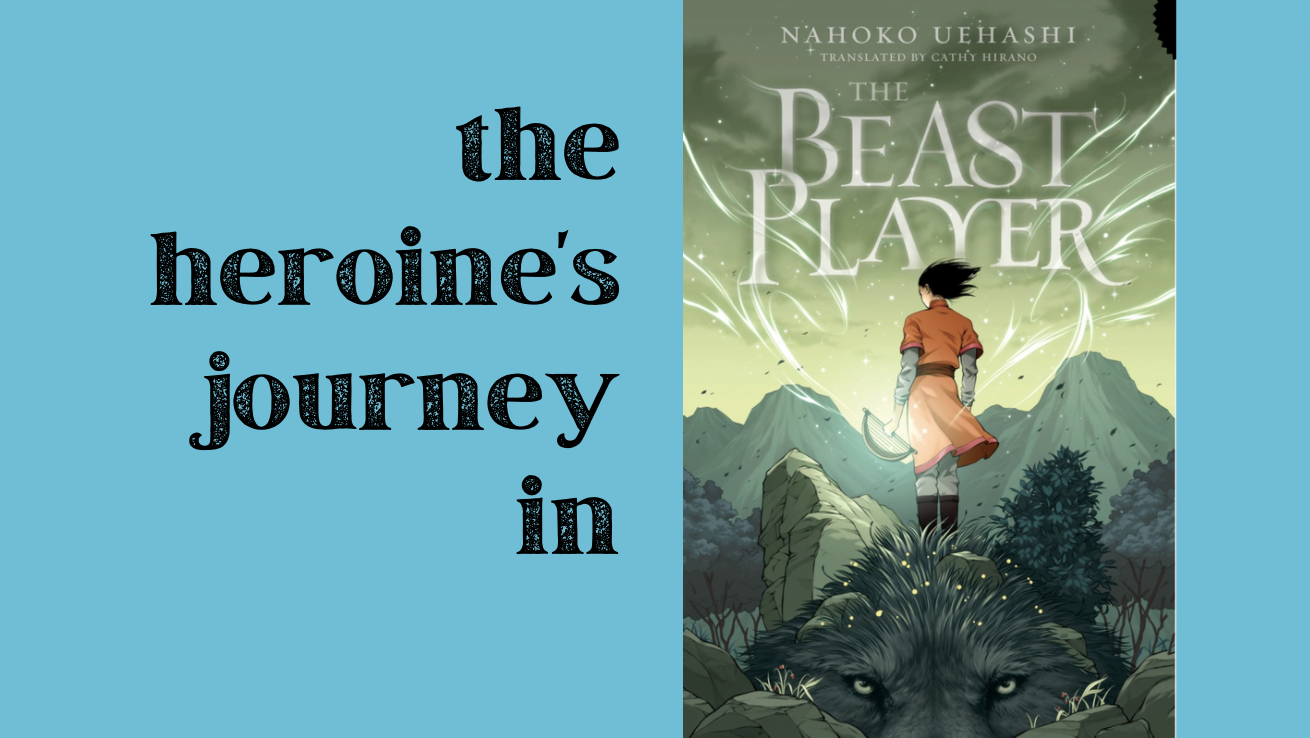
The Heroine’s Journey celebrates the gifts of the matriarch. It explores themes of family, community, collaboration, cooperation, and love. As an author, and as a person, it’s important to me to write books that support those values, so everyone who reads them can be inspired to evolve toward a more feminine, collaborative, resilient society. To illustrate the points I make in this post, I’ll be examining the Heroine’s Journey of Elin in The Beast Player, a Japanese YA fantasy by Nahoko Uehashi. Elin’s story is an excellent example of the Heroine’s Journey.
READ POST
Filed in:
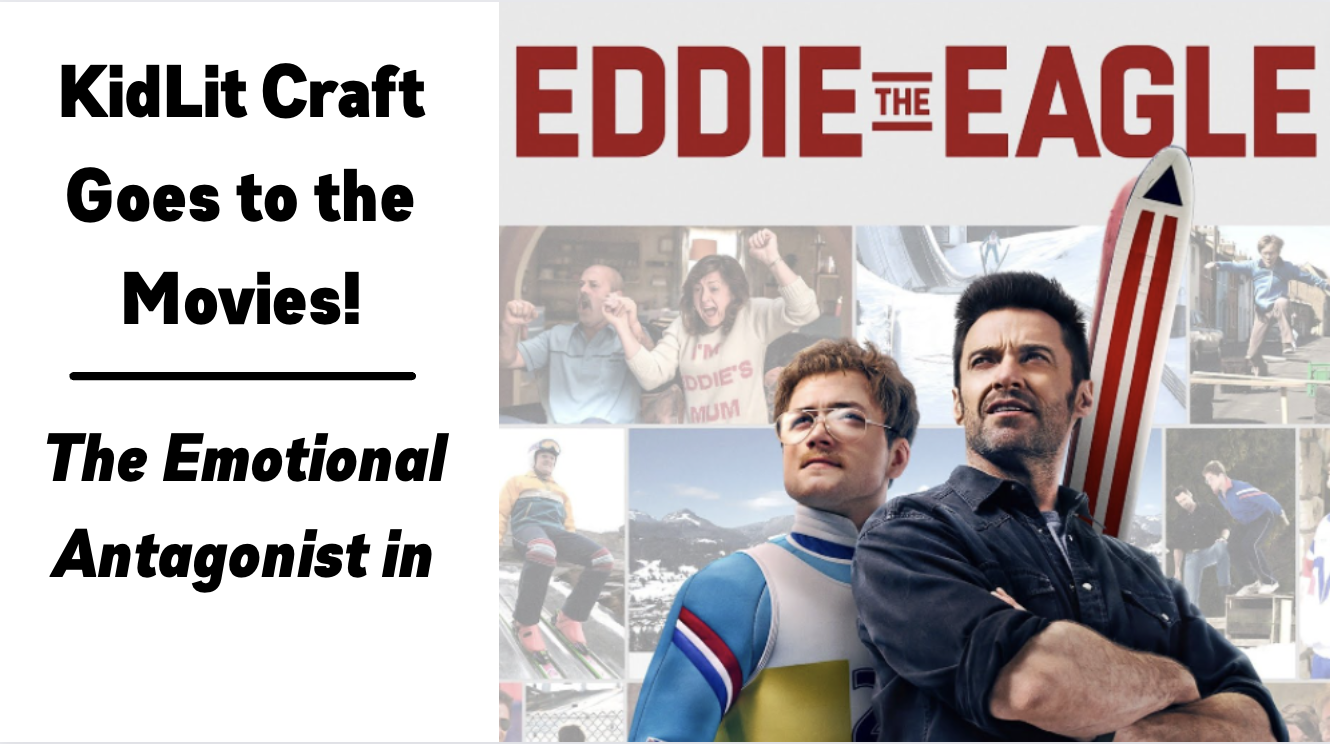
Some great stories make use of what Melanie Jacobson calls the emotional antagonist. The emotional antagonist is on the protagonist’s side, but the protagonist doesn’t have their approval or support.Jacobson believes emotional antagonist can be a powerful addition to a book because it gives a story an extra satisfying ending–a resolution with the emotional antagonist. We can see the emotional antagonist in action in Eddie the Eagle (2015).
READ POST
Filed in:

Knowing where my book would sit on a shelf and what books it would be friends with helped me think more clearly about my revision. When I’m faced with a choice, I can consider what would sit well in the spot I found for it.
READ POST
Filed in:

You’re reading this blog post because you want something different. You can bond with friends over not working later. Right here, right now, you’d like to work. So let’s go. Get to work!
READ POST
Filed in:
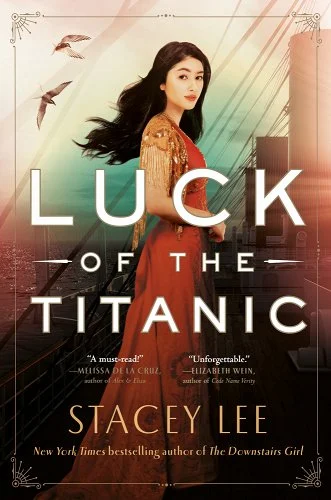
Since Lee uses first-person point of view to tell her stories, it’s her main character’s voice that’s in the driver’s seat. Reading her novels is a masterclass in how to do first-person narration well. However, you can use these techniques with third-person and even with omniscient narration. It’s all about elevating your prose to do more than just tell the reader what’s happening.
READ POST
Filed in:

Empathy has its drawbacks, especially when reading the news, but on the plus side, I think it helps me create deeper characters. The secret for creating unforgettable characters is to give them impossible choices.
READ POST
Filed in:
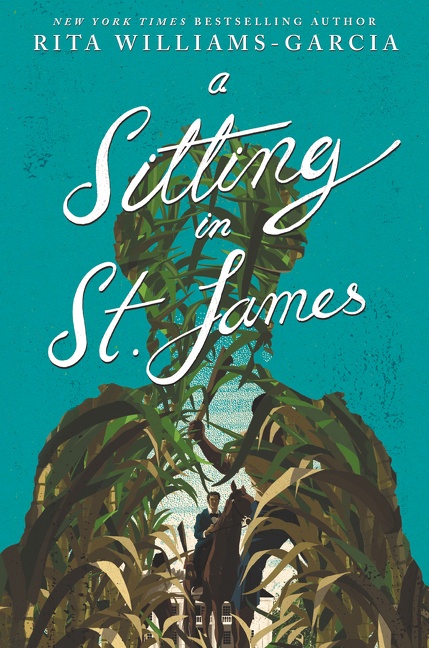
Rita Williams-Garcia masters the crowd scene–a dinner at the midpoint of the book. In a movie, it’s easy to see the crowd and feel the energy in the room. In fiction, it’s more complicated–you need to balance the minute and individual with the group so that readers feel grounded in the environment and in the particular characters’ interactions.